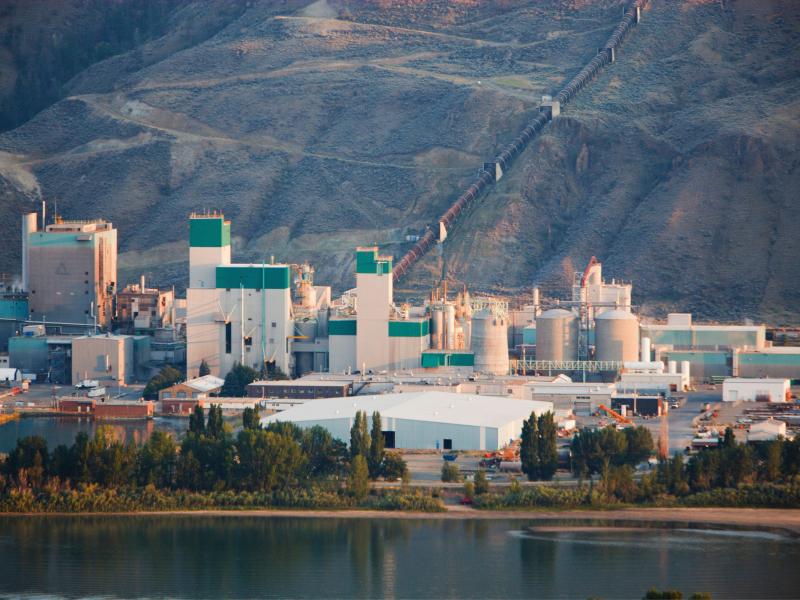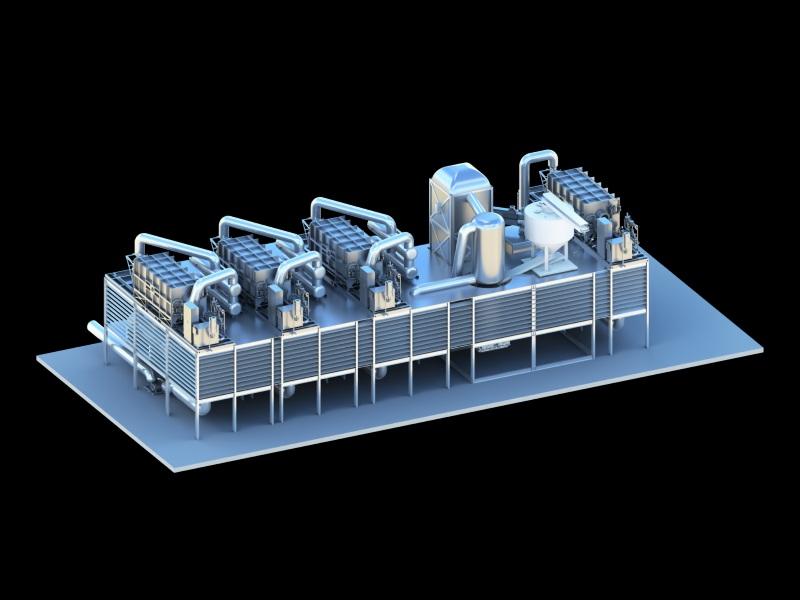
A 2021 regional inventory from the Atmospheric Fund (TAF) has revealed an increase in carbon emissions across all regions in the Greater Toronto and Hamilton Area (GTHA), demonstrating the challenge of decarbonizing cities.
The year marked an increase of 4.5 per cent to 51.2 million tonnes of CO2 equivalent (tCO2e), standing in stark contrast to the eight per cent year-over-year decrease needed to hit 2030 emissions targets of 25 million tCO2e. The inventory looked at the City of Toronto, York Region, Durham Region, the City of Hamilton and the Halton Region.
Buildings are the largest contributors at 44 per cent, followed by transportation with 31 per cent, industry at 20 per cent, and waste with 4 per cent. Agriculture has a small 1 per cent contribution.
“It's actually not very surprising, but a little bit distressing that when we need to be seeing greenhouse gas emissions going down steadily year-over-year, but on an average of 8 per cent, that emissions have continued going up year-over-year, since approximately 2014,” Julia Langer, TAF’s CEO, said. “Obviously, this is the wrong direction.”
“So, in the spirit of, ‘you don't manage what you don't measure,’ this is why The Atmospheric Fund really does track the snapshot of where we are.”
TAF, a registered non-profit corporation, was created by the City of Toronto council in 1991 to fund initiatives to combat climate change in the GTHA. Its regional inventory reporting began in 2015.
TAF’s 2021 inventory
The inventory broadly follows the guidelines established in the Global Protocol for Community-Scale Greenhouse Gas Emissions, covering Scope 1 and Scope 2 emissions. Details on its methodology are included, although it notes "differences in data sources, availability and methodologies make results difficult to compare to other publications."
This marks the first time upstream emissions from natural gas, including fracking and pipelines, are included in the inventory, which added between 10 to 15 per cent to overall emissions.
2021 saw a range of emissions increases for the six cities – from a 15 per cent increase in Halton to a modest 1.3 per cent increase in Toronto.
While Toronto contributed the most emissions, Hamilton was the most damaging offender per capita at 18 tCO2e.
In 2020, transportation emissions fell 18 per cent, and in 2021 saw an increase of only 2.3 per cent – largely thanks to the pandemic. While its expected to continue its rebound, Langer sees optimism there.
“Not to say that a pandemic is what we need to deal with the climate crisis,” she explained. “But because the emissions in that area didn't rebound at the same rate as everything else, it shows that maybe the hybrid work that we're starting to experience as the new normal can really help create a downward trend.”
At the same time, emissions from electricity rose by 28 per cent due to the increasing use of natural gas-powered generating plants. Natural gas contributed 20,303,766 tCO2e. Commercial buildings used the most gas for heating at 79 per cent, while residential buildings used 74 per cent and industrial buildings used 20 per cent.
Langer reiterated the need for a wholly clean electricity grid, particularly as Ontario, Canada and the world continue to electrify buildings, transportation and infrastructure.
“That's another area where we shine a spotlight on this disaggregated information,” Langer said. That gives us a real sense of urgency to reverse that trend, so that we can electrify and have that give us emission reduction.”
Industrial emissions increased about 11 per cent, but emissions from small- and medium-sized emitters are not tracked and the inventory notes they may be significant.
Langer said different cities will require different solutions. The steel industry’s presence in Hamilton, for example, will necessitate different programs than those in Toronto, where per capita emissions are lower.
Recommendations for the future
Naturally, for next year Langer wants to see the curve go down, particularly those numbers that decreased as a result of the pandemic.
The inventory includes recommendations for all levels of government. For corporations, it counsels energy efficiency retrofits, using emissions-free electricity and to electrify their transportation.
“The value proposition here is that (retrofits) brings together the climate issue, the affordability crisis, the need for improving our health and well-being (as well as) creating jobs and economic activity in the city,” she said.
TAF has played a hand in electrifying transportation already. Earlier this year it launched the EV Station Fund to support the installing of electric vehicle chargers. Now, the fund is oversubscribed by condos, municipalities and businesses with 290 chargers being built and over 1,000 on the waitlist.
“The message really is that this is doable,” Langer said. “We know what to do. It's just there's been a lot of inertia.”










